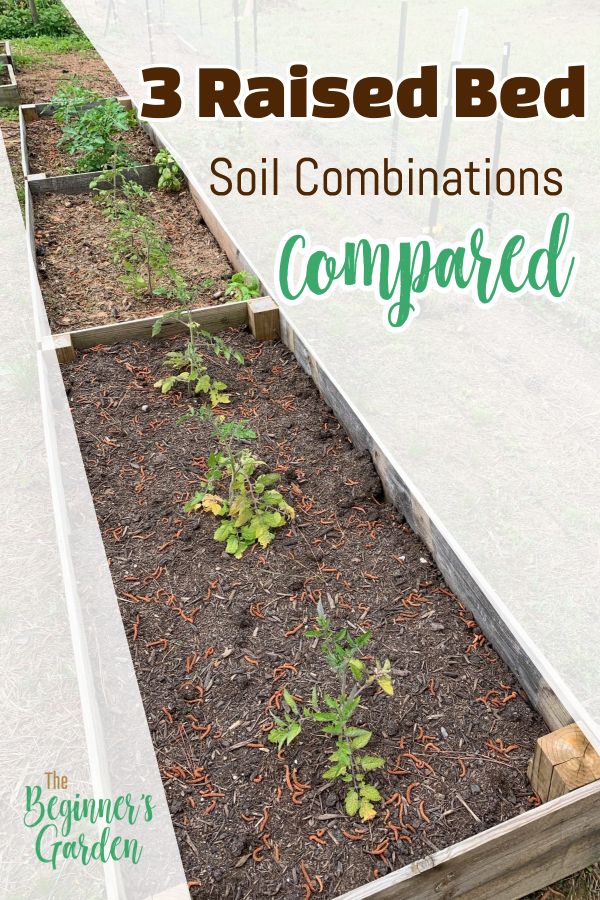Introduction
Starting a new raised garden bed is an exciting step toward growing your own fresh vegetables, herbs, and flowers. But one of the most common questions among gardeners is, “What should I put in my new raised garden bed?” The answer is crucial because the quality of your soil mix directly impacts plant health, growth, and yield. This article provides a comprehensive guide on what materials to add, how to prepare the soil, and essential tips for creating a fertile, well-draining environment in your raised bed.
Understanding the Basics: Why Soil Matters in Raised Beds
Raised garden beds offer excellent drainage, better soil control, and easier access compared to in-ground gardens. However, since you’re essentially building a contained growing space, you need to fill it with the right mix of components to mimic healthy garden soil.
Key soil characteristics to aim for include:
- Good drainage to prevent waterlogging
- Adequate moisture retention
- Rich nutrient content
- Proper soil texture for root growth
The right soil mix supports plant roots, encourages beneficial microbial activity, and ensures consistent growth.
What to Put in a New Raised Garden Bed: Essential Components
1. Quality Topsoil or Garden Soil
Start with a high-quality topsoil or garden soil as the base. Choose a soil that is free from contaminants, weed seeds, and heavy clay. Topsoil provides the bulk of your bed’s volume and the mineral content plants need.
2. Compost: The Nutrient Powerhouse
Add compost to enrich the soil with organic matter, improve texture, and boost fertility. Compost helps retain moisture and supports beneficial soil microbes. Aim for about 30-50% compost mixed with your topsoil.
3. Organic Matter and Amendments
Incorporate materials that improve soil structure and nutrients, such as:
- Aged manure (well-composted to avoid burning plants)
- Coconut coir or peat moss to enhance moisture retention
- Worm castings for natural micronutrients
4. Drainage Enhancers
If your soil tends to compact or stay soggy, mix in perlite, vermiculite, or coarse sand. These help maintain aeration and prevent root rot.
How to Build the Ideal Soil Mix: Step-by-Step
- Measure your bed volume: Calculate the cubic feet to know how much material you need.
- Mix your components: A common raised bed soil formula is 40% topsoil, 40% compost, and 20% organic amendments or drainage materials.
- Blend thoroughly: Use a garden fork or tiller to combine the materials evenly.
- Test soil texture: It should feel crumbly, not compacted or powdery.
- Adjust pH if needed: Most vegetables prefer slightly acidic to neutral (pH 6.0-7.0). Use garden lime or sulfur to adjust.
Additional Tips for Success
- Avoid using native soil alone: It often lacks nutrients and may have poor drainage.
- Consider crop needs: Leafy greens prefer richer soil, while root vegetables need loose, well-drained soil.
- Mulch after planting: Use organic mulches like straw or shredded leaves to retain moisture and suppress weeds.
- Rotate crops annually: To maintain soil health and prevent disease buildup.
Expert Insights and Real-World Examples
According to Dr. Linda Chalker-Scott, a horticulture expert, “Raised beds allow gardeners to control soil quality meticulously, leading to higher yields and healthier plants.” Home gardener Sarah Lee transformed her raised bed by mixing compost and aged manure, resulting in a 30% increase in tomato production the following season.
Conclusion
Filling a new raised garden bed with the right soil mix is foundational to garden success. Use a balanced blend of quality topsoil, compost, and organic amendments to create a fertile, well-draining environment. Regularly test and amend the soil based on your plants’ needs. By investing time in preparing your raised bed soil properly, you set the stage for vigorous growth, abundant harvests, and sustainable gardening enjoyment. Ready to build your raised bed? Start with the right soil mix and watch your garden thrive!
